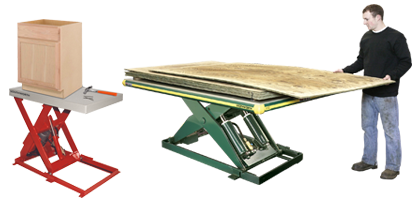A woodcarver starts another cutting by choosing a lump of wood the rough size and state of the figure the individual in question wishes to make or then again assuming that the cutting is to be enormous, a few bits of wood might be overlaid together to make the necessary size. The sort of wood is significant. Hardwoods are more challenging to shape yet have a more prominent shine and life span. Milder woods might be simpler to cut yet are more inclined to harm. Any wood can be cut yet they all have various characteristics and attributes. The decision will rely upon the necessities of cutting being finished: for instance, a point by point figure would require gifts for woodworkers with a fine grain and very little figure as a solid figure can slow down ‘perusing’ fine detail.
When the stone worker has chosen their wood, the individual in question starts an overall moulding process utilizing gouges of different sizes. The gouge is a bent cutting edge that can eliminate enormous segments of wood easily. For harder woods, the artist might utilize gouges honed with more grounded slants, around 35 degrees, and a hammer-like stone carver. The terms gouge and etch are available to disarray. Accurately, a gouge is an apparatus with a bent cross-segment and an etch is an instrument with a level cross-area. Be that as it may, proficient carvers will more often than not allude to them all as ‘etches’. More modest figures might require the woodcarver to utilize a blade, and bigger parts could require the utilization of a saw. Regardless of whether the wood is chosen or the device utilized, the wood stone worker should continuously cut either across or with the grain of the wood, never contrary to what would be expected.

Holding the work :
- Tight clamp
There are two fundamental areas for a tight clamp or tight clamps on a workbench: on the front, a workbench’s disappointed look, known as a “front” tight clamp, and on the end, known as a “tail” tight clamp. Either or both might be mounted on the right half of their face to permit a workpiece stretching out from them to be all the more effortlessly worked by a right-given individual, however, a typical plan is with the front tight clamp mounted on the left of a long side and the tail on the right half of the askew far edge.
- Seat canine
Likely the most seasoned and most fundamental technique for holding the work is a seat canine, which in its least complex structure is essentially a stake or little piece of wood or metal wedged into an opening in the seat top that stands simply over the surface, permitting a workpiece to be cinched among it and a movable canine on a face tight clamp.
- Holdfast
A type of seat canine, a conventional holdfast has either a bent or level top. Its knife is slid freely into a “canine” opening in the seat until the tip of its snare contacts the work. It is set by hitting its top with a hammer or sledge, which makes the shaft wedge firmly against the sides of the opening. A tap of its posterior close to the top delivers it.
- Hardpoints
Notwithstanding canine openings, a few workbenches have hardpoints, which are metal strings inserted in the wood. These permit helpful rehashed get together and dismantling of work dances, and can be valuable in different errands.
